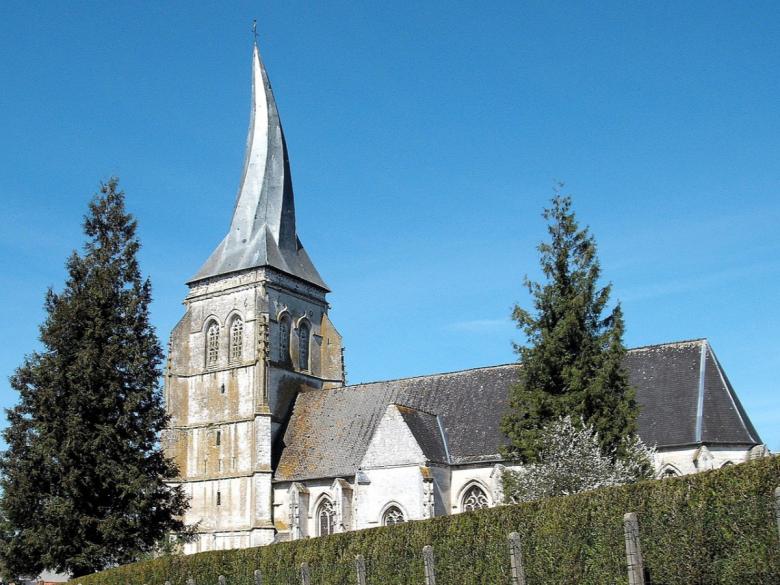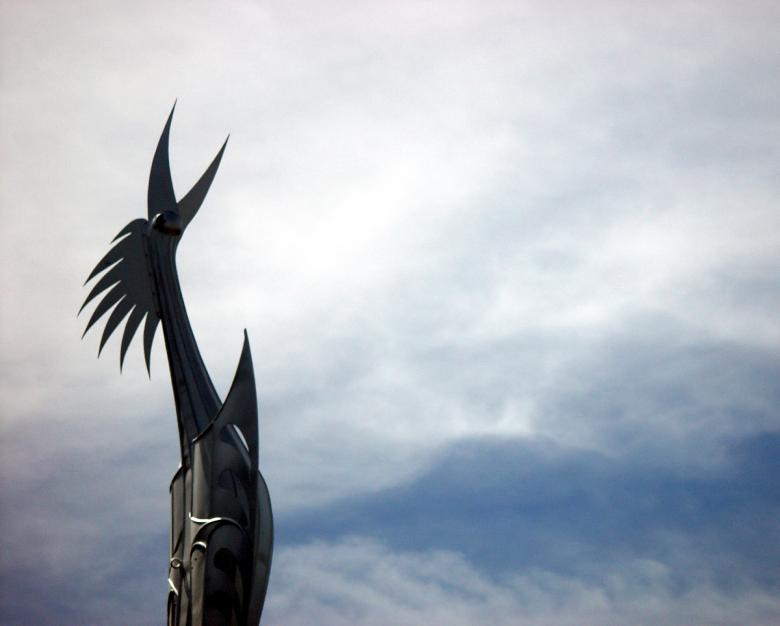Review of 'Bold Ventures: Thirteen Tales of Architectural Tragedy' by Charlotte Van den Broeck
How Things Fall Apart
In Bold Ventures: Thirteen Tales of Architectural Tragedy a poet seeks answers to structural failures both personal and collective. Madeline Beach Carey examines the results.
Bold Ventures, Charlotte Van den Broecke’s essay collection translated by David McKay and recently published by Other Press, makes bold promises. The book’s premise is the investigation of thirteen doomed buildings and their architects — architects who met dark, mysterious, and very gloomy ends. She explores the demise of the designers of the municipal swimming pool in Turnhout, the National Library of Malta, and the Vienna State Opera, among other buildings in Europe and the US. Summed up rather simply, we could say the author sets out to tell the story of architects who killed themselves due to major mistakes. Van Den Broecke is a highly acclaimed poet in her native Belgium, but the promised enthrall of her premise never quite pans out.
During the early 2000s, Van Den Broecke’s local swimming pool was beset by a shocking amount of problems. The saga of the pool borders on the absurd. Myriad mechanical flaws and technical glitches eventually meant the pool started to sink into the marshlands. Town folk feared, not without reason, death by electrocution while doing the backstroke. Rumor had it that the disgraced architect, an anonymous one in this case, took his own life due to shame and public humiliation. This story, at once intriguing and comical, led Van den Broeck to ask: “What makes a mistake larger than life, so all-encompassing that your life itself becomes a failure? Where is the line between creator and creation?”
Thus Van den Broeck sets out to get to know the creators of other doomed structures:
I picked up the trail in Turnhout, on home turf, where most stories start, and it led me to twelve more works of architecture that had fateful consequences for their architects. In the span of three years, I visited these sites of failure. My goal was to rehabilitate those architects, to pick up their lost faces and stick them back in place, to do something to counter the pointlessness of their despair, the finality of their suicide. In moments of megalomania, I even imagined I might somehow reach into the past and stop them. At least, that was the kind of thing I told myself at first.
Her list includes the Church of Saint Omer in Verchin, France, designed in the 1600s by architect Jean Porc, who supposedly leapt to his death from a crooked spire, and many other examples of architects judged harshly — rightly or wrongly — by the public in their day. What it means to produce works for the public and for shared, collective experience is one of the book’s most interesting inquiries. A poet, the author posits, is not often such a public creator. And while this reader thinks poetry can also be a public affair of collective consequence, certainly we can agree that a poem is not experienced the same way a church or pool or post office might be: poems are not lived in, walked upon. Van den Broeck insists that architectural failure takes place in the public sphere and therefore a building’s failure is a most public failure.
Many of the book’s failed architects were humiliated by the press despite the fact that their buildings are regarded as masterpieces today. The Vienna State Opera House offers a most cautionary tale in this sense:
The architects of the opera house, August Sicard von Sicardsburg and Eduard van der Nüll, were slaughtered in the press and ground to dust in the rumor mill. No style and no taste. In nineteenth-century Vienna, that verdict was damning. A large readership turned to newspapers, magazines and tabloids to find out what was in and out, which way the winds of fashion were blowing. Money and status were no longer the only social weapons; public opinion, as shaped by the press, became just as powerful.
Interspersed within these architectural tragedies are a lot of words about the author’s own internal struggles and a bit of her travel diary. These side ventures seem quirky and clever at first, but they aren’t quite funny enough to be entertaining or as darkly interesting as the author’s chosen architectural tragedies. The book, one might argue, is not about architecture at all, or even really about architects, but rather about creativity, ambition, and self-doubt: a formula that could make for a top-notch thriller but needs either more intriguing protagonists or better, brighter prose. Each tragedy starts intriguingly, yet the facts of the public failures and the personal anecdotes become convoluted by the end of each chapter.
Much of the book explores Van Den Broeck’s own writer’s block and creative difficulties. Her gnawing anxiety and bouts of malaise. She tells the reader that she fears mediocrity more than failure, but her explorations of great men and their failed masterpieces prove to be overly abstract. For a book about personal failures, both the I and the eye feel distant, oftentimes cold. The resulting travel diary doesn’t feel personal or unique enough, yet the research of the building sites feels tainted by the poet’s I. The attempt to explore what Camus famously called “the only serious philosophical problem” is remarkably brave, but for all their apparent intrigue neither suicide nor architectural tragedy are enough to make the book fully satisfying or engaging.
The final chapter tells the story this reader found most poignant, the story of “Kempf’s Kinetic Sculpture.” The artist’s grandson, Josh Kempf, illustrates the trouble with The Charger, the first in a series of monumental sculptures Starr Gideon Kempf built in and around Colorado Springs:
“Birds nest in the wind turbine every year,” Josh says, pointing at the onion. “By the time the chicks spread their wings, they think the world’s a turntable. It’s hopeless: as soon as they’ve taken off, they get dizzy and crash, one after another. It made my grandpa sick, used to ruin his whole day, the sight of those baby birds falling to the ground.”
Starr Kempf shot himself in the head in 1995 and his story and sculptures haunt this book, opening up a new frontier: an American wilderness and artistic wildness to conquer and explore. Here the story — an intertwining of the artist, his family, and the Belgian poet — take shape and finally feel raw, emotive, truly beautiful and tragic.
Bold Ventures is an ambitious book, a philosophical excavation of creativity and how it interacts with anxiety and depression, but the prose, despite McKay’s capable translation, leaves something to be desired. I kept waiting to get hooked in by what on the surface seemed to be a human story about the emotional impact of professional failures, but the stakes of the narrative kept changing and the collisions never felt personal enough to fully resonate. Each failure, each and every chapter, felt measured, overly calculated, too clever and clean. I’m hoping to read Van den Broeck’s next set of essays — when hopefully she’s willing to take bigger risks without being afraid of letting go. When her prose takes on failure with a willingness to fly high.

Bold Ventures, Thirteen Tales of Architectural Tragedy
Charlotte Van den Broeck
Translated from the Dutch by David McKay
5 x 8 inches
292 Páginas
13 Illustrations
Hardcover
ISBN 9781635423174
Other Press
Purchase this book


